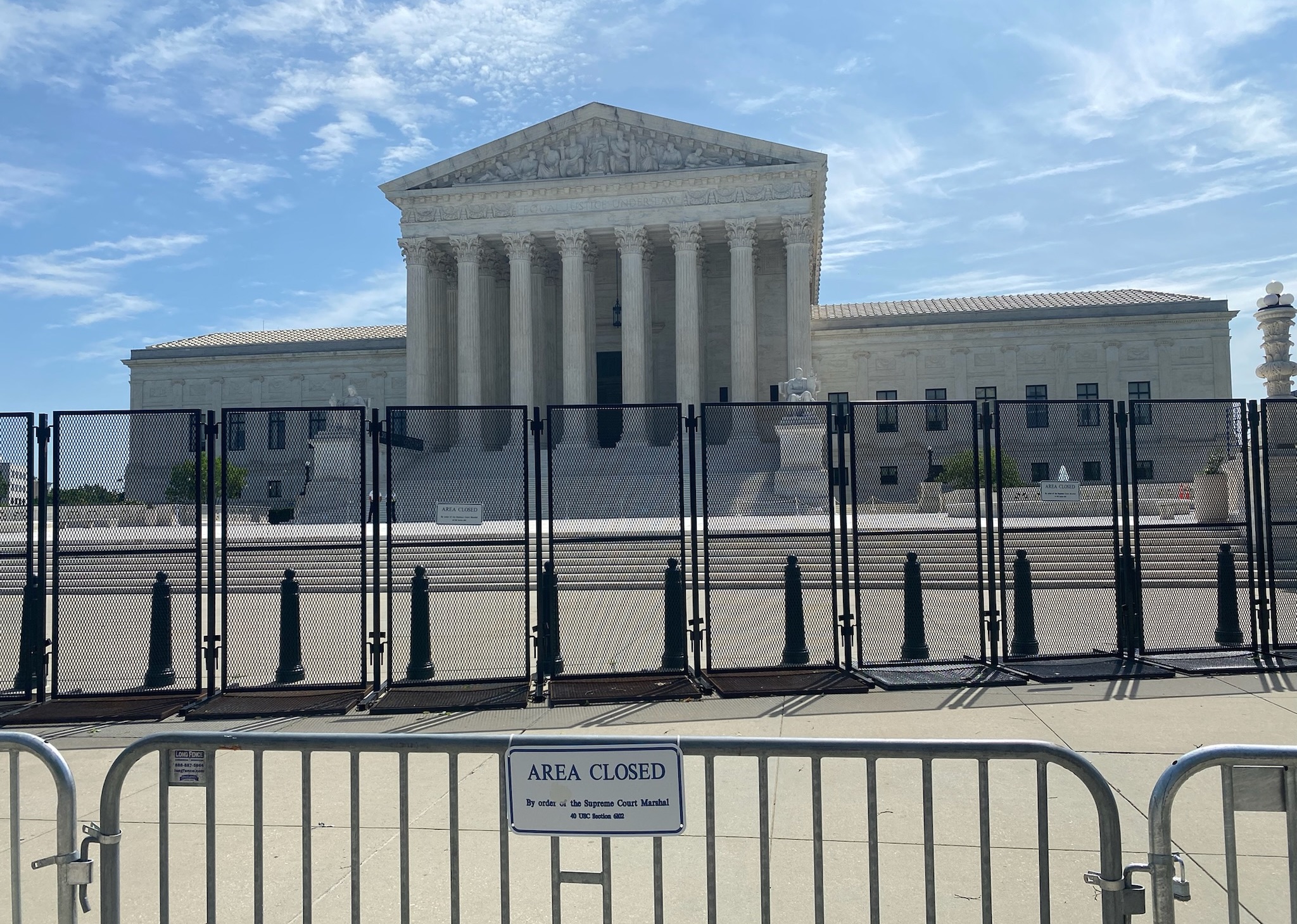Federal Circuit Upholds Preliminary Injunction in Trade Dress Case | Ladas & Parry LLP
In SoClean Inc v Sunset Healthcare Solutions Inc (Case No 21-2311, 9 November 2022), the US Court of Appeals for the Federal Circuit issued a ruling enjoining defendant Sunset from marketing a particular configuration of medical device filters without clear source-identifying indicia.
BACKGROUND:
SoClean, a medical device company that produces sanitising devices for CPAP machines, sued Sunset, one of its former distributors, for patent and trademark infringement. SoClean asked a district court to preliminarily enjoin Sunset from making or offering filters that SoClean alleged infringed its registration for the above-depicted configuration of replacement filters for sanitising devices. The district court crafted a narrow injunction that enjoined Sunset from marketing its filters “using images of the filter cartridge alone” and required that “[a]ny image, drawings or other depictions of Sunset’s filter cartridge… shall prominently display the Sunset brand name in a manner that leaves no reasonable confusion that what is being sold is a Sunset brand filter”.
Sunset appealed the district court’s ruling, raising two challenges on appeal:
- the district court abused its discretion by concluding SoClean was likely to defeat Sunset’s defence that SoClean’s mark lacks secondary meaning; and
- the district court erred in finding that the availability of alternative designs for the filter’s head meant that SoClean was likely to defeat Sunset’s functionality
FEDERAL CIRCUIT DECISION:
The court first addressed Sunset’s secondary meaning argument – namely, that the district court afforded too much weight to the presumption of validity of SoClean’s registration and held Sunset to a higher standard of proof than it should have.
The court began its analysis by explaining that product configuration trade dress is only protectable upon a showing of secondary meaning; however, where the trade dress is federally registered, that registration “shall be prima facie evidence of the validity of the registered mark” and “the effect of registration… is to shift the burden of proof from the plaintiff to the defendant, who must introduce sufficient evidence to rebut the presumption of the plaintiff’s right to exclusive use” of the mark.
The court noted that, although Sunset had acknowledged its burden of proving that SoClean’s registration lacked secondary meaning, Sunset nonetheless argued that the district court should have “decide[d] whether the evidence that was before the [trademark] examiner… is sufficient to support SoClean’s Section 2(f) registration” and that the district court should not have presumed the registration was valid. The court rejected this argument.
Specifically, the court held that the district court was not wrong to decline to revisit the examiner’s actions and alter the presumption of validity, noting that Sunset failed to identify any basis to withhold the presumption from a registration, and that scrutinising the application process and deciding whether the trademark examiner was correct to issue the registration is the opposite of presuming that the registration is valid.
Sunset’s second argument – that the district court had held it to a higher burden of proof than it should have – fared no better. While the court acknowledged that the district court’s opinion contained a misstatement implying that Sunset was required to meet “vigorous evidentiary requirements” to prove lack of secondary meaning, the court held that the lower court’s finding that Sunset’s evidence of no secondary meaning was “equivocal, at best” plainly failed to satisfy a ‘preponderance of the evidence’ standard. The court added that Sunset was wrong “to suggest that the district court would have reached a different result had it applied the correct standard” and affirmed the district court’s ruling.
The court then shifted gears and turned to Sunset’s argument that the district court, after concluding that SoClean’s filter design is functional, had erred in giving weight to the possibility that the filter’s head could have different shapes. After briefly discussing the functionality doctrine, the court explained that the premise of Sunset’s argument was flawed, as the district court never concluded that the filter’s design is functional. Rather, the district court found that SoClean’s registration comprised both functional and non-functional features, which was enough for the district court to conclude that SoClean was likely to defeat Sunset’s functionality challenge in light of the statutory presumption of validity.
Accordingly, the court affirmed the district court’s preliminary injunction order.





